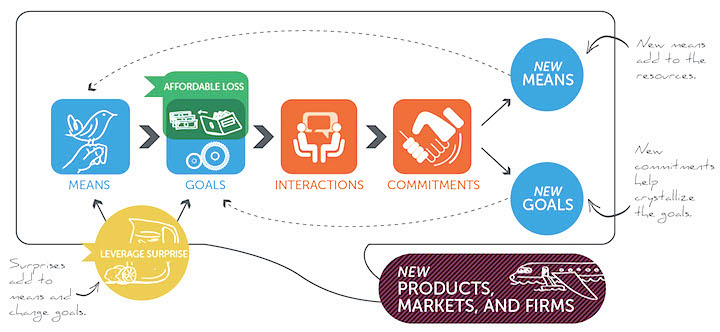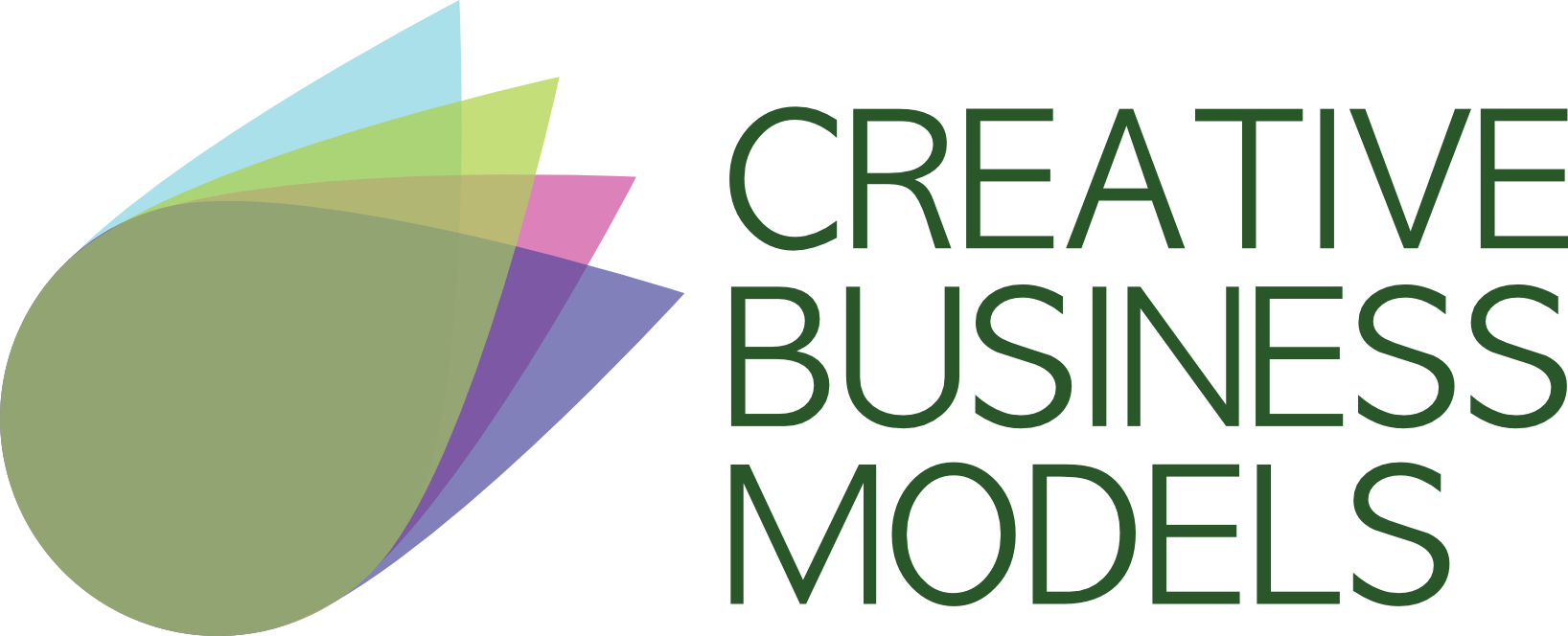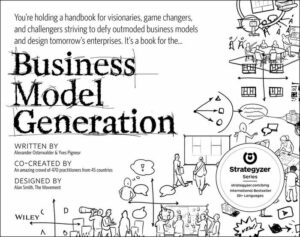The creation of a company is a complex and dynamic process consisting of numerous (preparatory) activities and decisions. This entrepreneurial process of business creation is often said to begin with the first consideration to possibly become an entrepreneur and ends with the first activities of the newly formed company (for example, the launch of a product / service).
Traditionally, this process has been divided into two main parts: discovery and exploitation. In the discovery phase the concept of the newly created organization is developed: identification, refinement and development of the business idea as well as the personal process regarding the decision to become an entrepreneur, while in the exploitation phase the tangible actions of acquiring and coordinating resources, and going to the market is being performed.
It is often claimed that one of the key actions of the entrepreneur is to discover and exploit opportunities. What is the golden opportunity?
For example, some claim that most opportunities are discovered through a purposeful search process. Here, entrepreneurship starts with defining the goal that one wants to achieve. Subsequently, means and resources are sought that help achieving that goal. In this idea, you can achieve an advantage over other organizations by finding and exploiting better opportunities and by controlling better resources than others.
Entrepreneurship in this sense is seen as a rather linear, goal-oriented way: the entrepreneur finds the best opportunity, sets a plan of how to exploit this opportunity, gathers the necessary resources, and executes the plan to the best of her abilities. This widely accepted approach makes that the predominant entrepreneurial decision model taught in many (business) schools is a goal-driven, deliberate model of decision making referred to by entrepreneurship scholar Sarasvathy (2001) as a ‘causation model’.

However, research has shown that not all entrepreneurs follow this logic in reality.
For many creative organizations, their entrepreneurial process can not be described by a straight process in which a clear goal is set, and predetermined steps are taken to achieve that goal.
However, there are other theories about how an entrepreneurial process can go about. One that seems to fit particularly well with many creative entrepreneurs is the process of effectuation. This theory does not assume that the entrepreneur starts its process with finding the golden opportunity to become successful in the market place. Opportunities, according to this theory come naturally about when entrepreneurs come together with other like-minded people and organizations.
When using effectuation processes, entrepreneurs start not with an envision goal in mind, but rather by focusing on and utilizing the resources they have at their immediate disposal.
An effectuation process always starts with these key questions:
– Who am I (what is important to me, what are my core values)?
– What do I know (what skills do I have)?
– Who do I know (who is in my network)?
The answers to these questions represent the resources you have at your disposal at this moment, and together form the beginning of your personal story as an entrepreneur.
Using the answers to the questions above, the entrepreneurs then can start envisioning different scenarios: What can I achieve using these resources? In this stage, there is no fixed endpoint in mind, rather, the entrepreneurs just consider what effects they can achieve with using the resources that are currently available tot them. In this way, the activities the entrepreneurs start with are usually very close to their heart, as one of the key questions that starts the entrepreneurial process is: what is important to me?
Then, starting from the resources available; their own traits, tastes, and abilities; the knowledge corridors they are in; and the social networks they are a part of, the entrepreneur tries to achieve small steps forward by engaging in interactions. By talking to others, and explaining your personal story (what is important to you, what is your vision of the future, what are you skills and capabilities, who do you know), you try to find others that share your vision of the future. These people have their own personal story, and their own resources available. They have a different network of people that they know, they have a new and different skillset, and they have a different set of resources available. Therefore, in these interactions, the goal is to find people and organizations that are willing to help out, by giving a commitment. Maybe they can help you get in contact with some important people? Maybe they have a space available where you can do some activities? Maybe they have particular technical skills that you were lacking? etc.
These interactions and subsequent commitments can help you in two ways. First, if you get a commitment from somebody, your own available means and resources grow. Now you have for instance a space available to do your activities. Second, the interactions can help you further define the kind of goals you want to achieve. Both effects have helped you grow your personal story, and you can tell this expanded personal story in the next interactions that you do.
As such, in multiple interactions your personal story keeps on growing and forming in unexpected ways. However, it always stays true to yourself, as it has always started with the core questions of who you are, what you know, and who you know.
The effectuation theory states that at each step of the effectuation process, entrepreneurs use a combination of five guiding principles. These principles depict key decision-making criteria these entrepreneurs follow.
| Principle | Description |
| The bird-in-hand principle | Effectuation starts with means-driven (as opposed to goal-driven) action. The emphasis here is on creating something new with existing means rather than discovering new ways to achieve given goals. it’s the answer to the core questions: Who am I, What do I know, Who do I know? Represented by the blue blocks in the figure below. |
| The affordable-loss principle | Since we can’t predict the future, it is very dangerous to invest a lot of time and money in one project because it might bring a high expected return. According to this effectuation principle, the idea is better to invest just the amount of resources that you’re also willing to lose in case things don’t work out. Represented by the green block in the figure below. |
| The crazy-quilt principle | This principle involves negotiating with any and all stakeholders who believe in your personal story, and are willing to make actual commitments to the project, without worrying about opportunity costs, or carrying out elaborate competitive analyses. Furthermore, who comes on board determines the goals of the enterprise. Not vice versa. Represented by the orange blocks in the figure below. |
| The lemonade principle | This principle suggests acknowledging and appropriating contingency by leveraging surprises rather than trying to avoid them, overcome them, or adapt to them. Represented by the yellow block in the figure below. |
| The pilot-in-the-plane principle | This principle urges relying on and working with human agency as the prime driver of opportunity rather than limiting entrepreneurial efforts to exploiting exogenous factors such as technological trajectories and socio-economic trends. Represented by the purple block in the figure below. |

In interactions with many creative entrepreneurs, it seems that this effectuation logic is very closely related to a natural way of working for them. For more information on effectuation, please visit the effectuation.org website.


